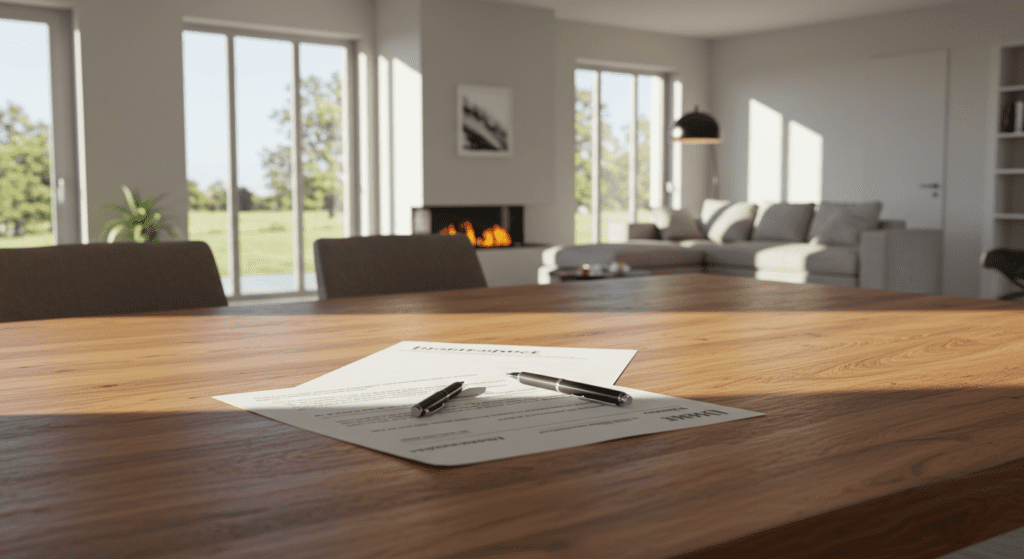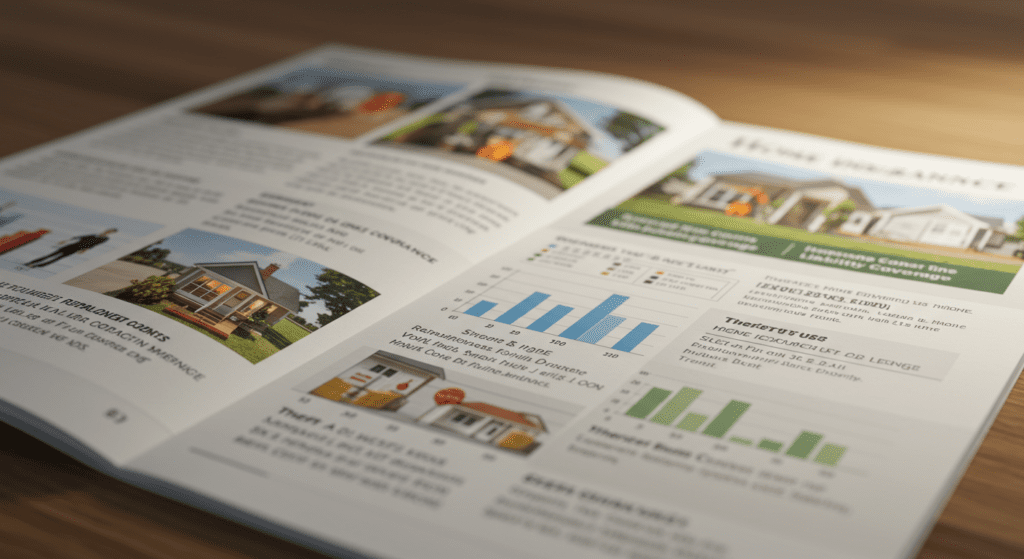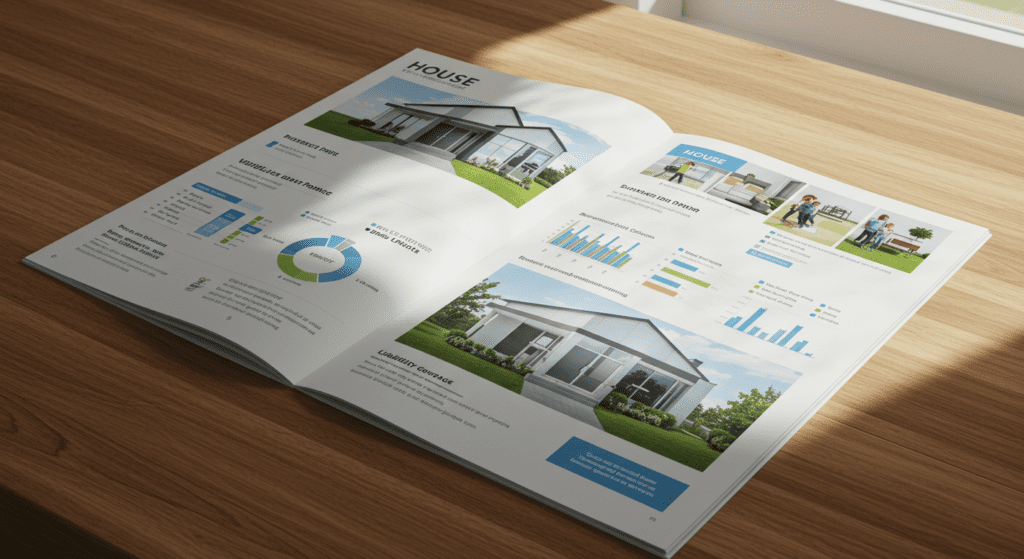- Understanding Home Insurance: Key Concepts and Terminology
- Assessing Your Home’s Unique Risks and Needs
- Evaluating Different Types of Homeownership Coverage
- Comparing Policy Options: What’s Included and What’s Not
- How to Determine Adequate Property Replacement Costs
- Understanding Liability Coverage and Its Importance
- Additional Coverage Options: Flood, Earthquake, and Beyond
- Working with Insurance Agents and Brokers to Tailor Your Policy
- Evaluating Reviews, Reputation, and Financial Stability of Insurers
- Making Adjustments Over Time: When and How to Revisit Your Coverage
1. Understanding Home Insurance: Key Concepts and Terminology
Home insurance is a contract that protects your property against unforeseen events such as fire, theft, natural disasters, and liability claims. Familiarizing yourself with terms like dwelling coverage, personal property coverage, liability coverage, and deductibles is essential. Dwelling coverage protects the structure of your home, while personal property coverage safeguards your belongings. Liability coverage defends you against legal claims and damages from accidents on your property. Deductibles are the amount you pay out-of-pocket before insurance kicks in. By understanding these key concepts, you can make informed decisions when choosing a policy and ensure a more secure future for your home.

2. Assessing Your Home’s Unique Risks and Needs
Every home has its own set of risks and specific needs shaped by its location, construction materials, age, and local climate. Evaluate the likelihood of events such as floods, earthquakes, or severe weather. For instance, homes in coastal areas face risks from hurricanes and flooding, while those near fault lines might need extra earthquake coverage. Consider your neighborhood’s history and local building codes that might influence repair standards after a disaster. Additionally, if you make frequent renovations or possess valuable items, your insurance needs may differ from those of a standard homeowner. Tailoring your policy to suit these unique factors can offer better protection and peace of mind.
3. Evaluating Different Types of Homeownership Coverage
Homeownership coverage varies based on different policy types and insurer offerings. Broadly, you have options such as actual cash value and replacement cost policies. Actual cash value considers depreciation when settling a claim, while replacement cost coverage provides funds to repair or replace your property at current market rates without factoring in depreciation. Some policies also offer endorsements or riders to customize coverage for specific high-value items like jewelry or art. When evaluating your options, it’s important to look at not only the extent of coverage but also how claims are processed. A balance of affordability and sufficient coverage is vital to protect your home in the long term.

4. Comparing Policy Options: What’s Included and What’s Not
Not all home insurance policies are created equal. When comparing policies, pay attention to the specifics of what is covered and what is excluded. Some policies may exclude certain perils unless you pay for extra coverage. Work through the policy details meticulously. Examine exclusions for damage from acts of nature, wear and tear, or costly upgrades that might be required to meet modern building standards. Additionally, check if there are any limitations on how much the policy will pay for personal property or outbuildings. Understanding these nuances can prevent surprises in the event of a claim and ensures that you aren’t caught unprepared when you need financial support.
5. How to Determine Adequate Property Replacement Costs
Accurate estimation of replacement costs is key to choosing the right coverage amount. Replacement cost refers to the amount needed to repair or rebuild your home using current prices and building codes without deducting for depreciation. Steps to determine this include researching local construction costs and considering the materials used in your home. Consult with a professional appraiser for an unbiased evaluation. Many insurance companies offer online tools to help in this estimation process. Underinsuring your home could leave you with significant out-of-pocket expenses, while overinsuring means paying unnecessarily high premiums. Striking the right balance requires thorough research and periodic reassessments, especially if you’ve recently renovated or expanded your property.

6. Understanding Liability Coverage and Its Importance
Liability coverage is a significant part of your insurance policy. It protects you if someone is injured on your property, and it covers legal expenses or settlements if sued. Accidents happen unexpectedly, and liability claims can be financially draining without adequate coverage. Consider the potential risks associated with having a pool, pets, or hosting frequent gatherings. A robust liability policy can ensure that you are financially secure if an injury or accident results in a lawsuit. Furthermore, liability coverage can also extend to incidents that occur off-property, depending on your policy. This additional protection is an invaluable aspect of safeguarding your overall financial health in uncertain times.
7. Additional Coverage Options: Flood, Earthquake, and Beyond
Standard home insurance policies typically do not cover natural disasters such as floods and earthquakes. Depending on your location, purchasing separate policies or endorsements for these events might be wise. In areas prone to flooding, a flood insurance policy can provide necessary coverage that might otherwise be excluded. Similarly, if you live in an earthquake zone, look into earthquake insurance options. Beyond these, you may also consider additional endorsements for scenarios like sewer backups or wind damage. Being proactive about these extended coverages can alleviate financial stress when disaster strikes and ensures that you have robust protection regardless of the situation.

8. Working with Insurance Agents and Brokers to Tailor Your Policy
Navigating the world of home insurance can be challenging on your own. Insurance agents and brokers can offer valuable insights and help tailor your policy to your specific needs. They can provide guidance on which endorsements make sense for your property and risk profile, and they can facilitate comparisons between different insurance providers. A trusted agent or broker becomes particularly valuable when you need to adjust your coverage after renovations or major life changes. Make sure you ask for clear explanations of policy terms and be upfront about your home’s unique risks. By partnering with knowledgeable professionals, you can achieve a more comprehensive and personalized insurance solution.
9. Evaluating Reviews, Reputation, and Financial Stability of Insurers
Before committing to an insurance provider, it is essential to do your research on their reputation and financial stability. Check customer reviews, industry ratings, and reports on claims handling efficiency. A company with strong financial backing is more likely to handle claims swiftly and reliably, even during widespread disasters. Look for insurers with a proven track record of customer support and transparent dealings. Utilizing resources like independent rating agencies can provide a clearer picture of an insurer’s performance. This due diligence ensures that you are buying a dependable policy that will stand up when you need it most, protecting your home and financial well-being.

10. Making Adjustments Over Time: When and How to Revisit Your Coverage
Your home insurance policy should evolve as your circumstances change. Life events such as renovations, additions to your home, or changes in property values necessitate periodic reviews of your coverage. Schedule regular check-ins with your insurance agent or broker, ideally once a year. This helps make sure that your policy still meets your current needs and reflects any changes in market conditions or home improvements. Adjustments might also be required if you start a home-based business or acquire expensive personal property. By proactively revisiting your coverage, you ensure that you’re neither underinsured nor paying for unnecessary extras. Keeping your policy up-to-date can save you money in the long run and offer peace of mind that your home is adequately protected.
Conclusion
Evaluating the right home insurance coverage requires thoughtful research, regular review, and a willingness to adapt as your needs change. Each step—from understanding the basics of home insurance and estimating property replacement costs to tailoring liability coverage and exploring additional options like flood or earthquake policies—plays a part in creating a balanced and effective plan. Working with knowledgeable agents, researching insurers’ reputations, and periodically revisiting your policy are key strategies that can help you navigate complexities with confidence. Ultimately, by taking these proactive measures, you build a robust safety net that will stand the test of time, ensuring your home and investments remain protected in an ever-changing world.
